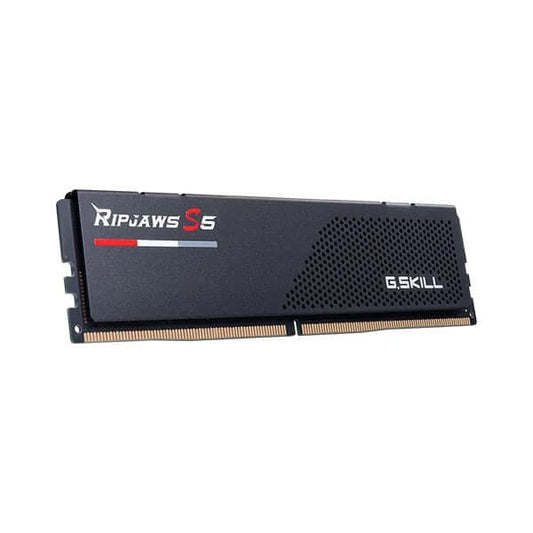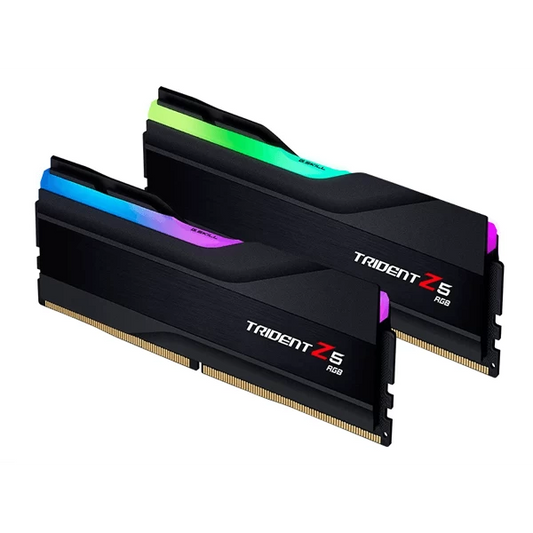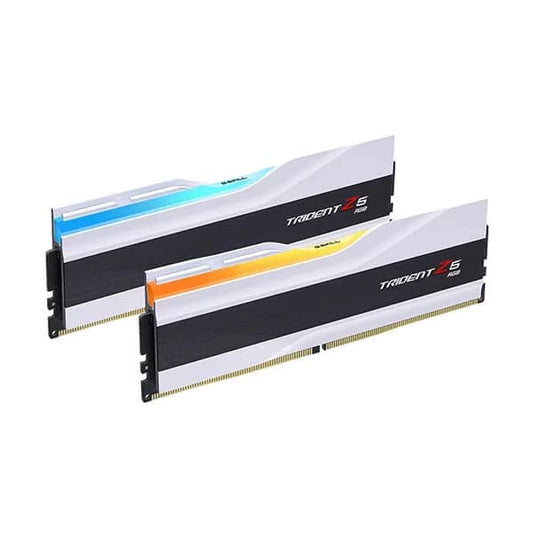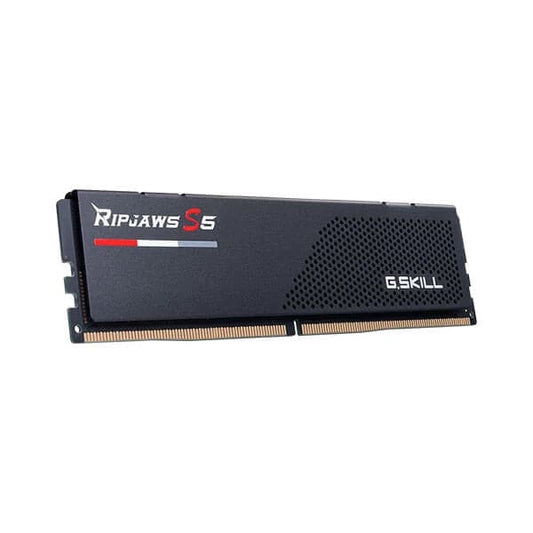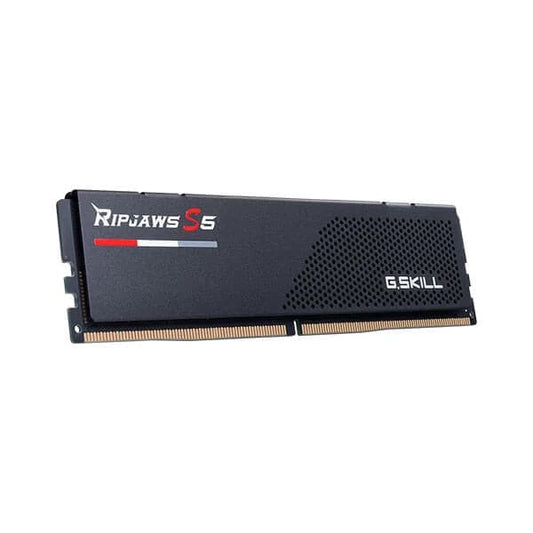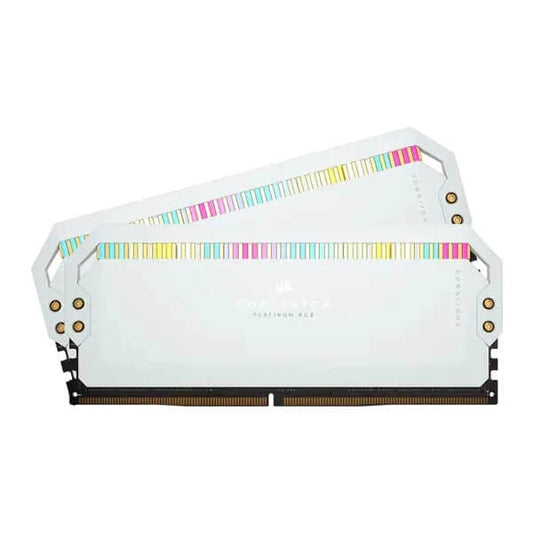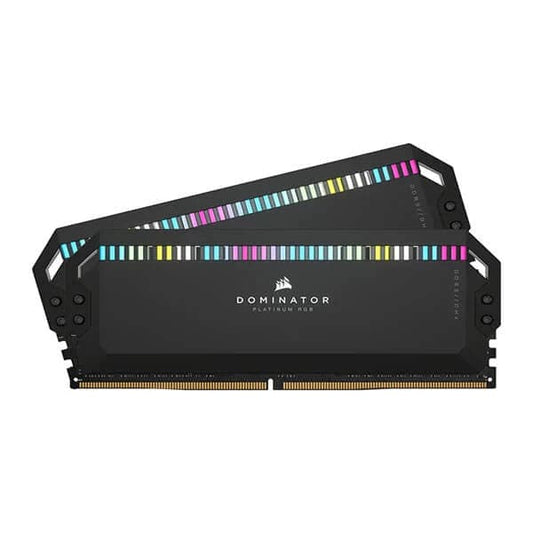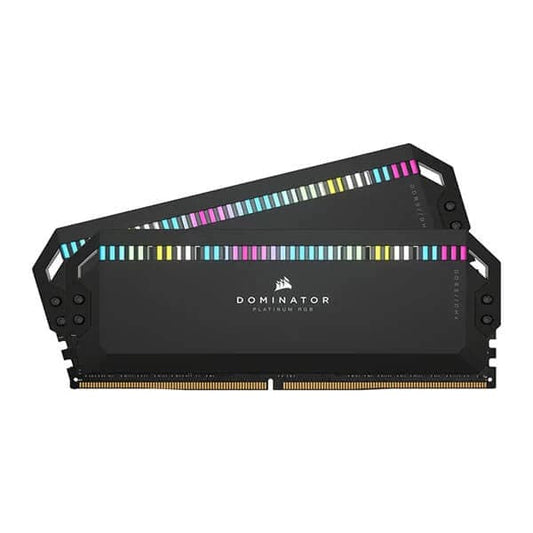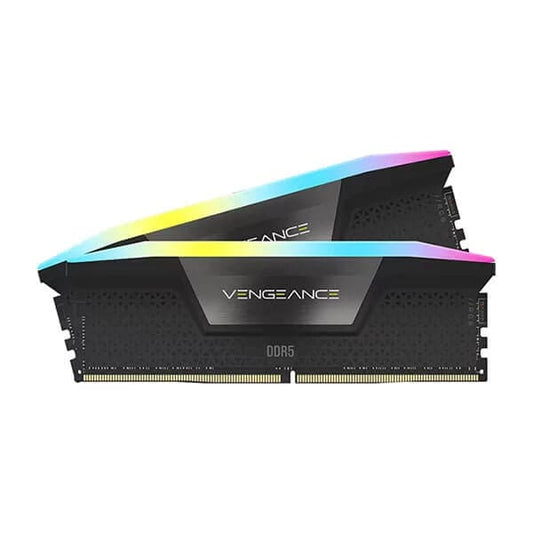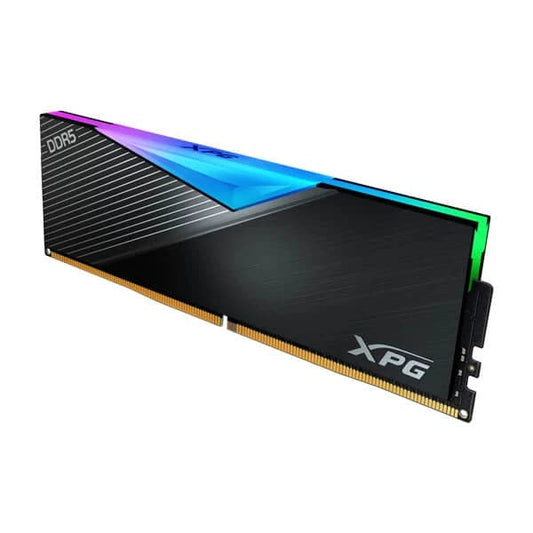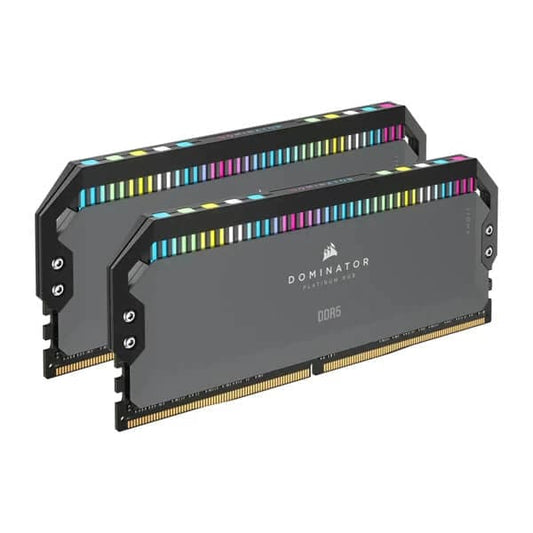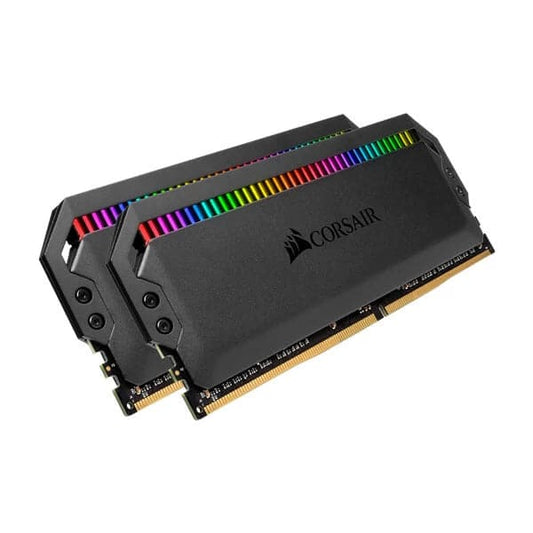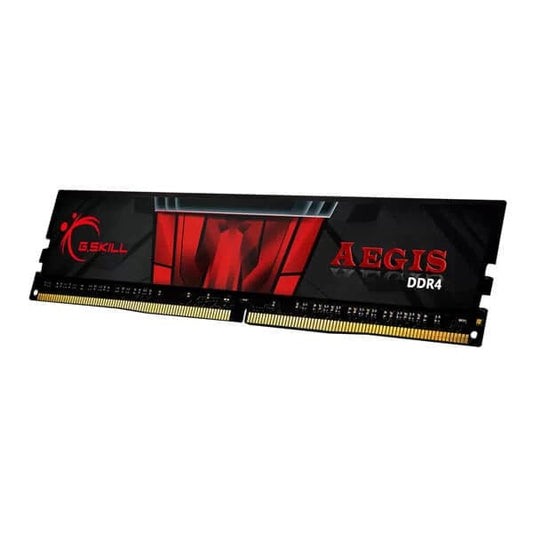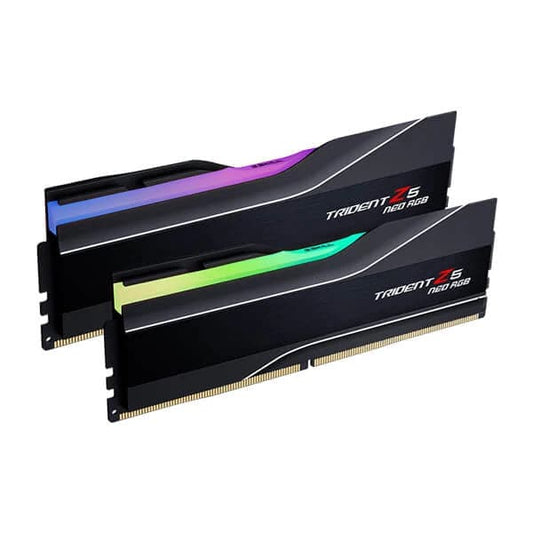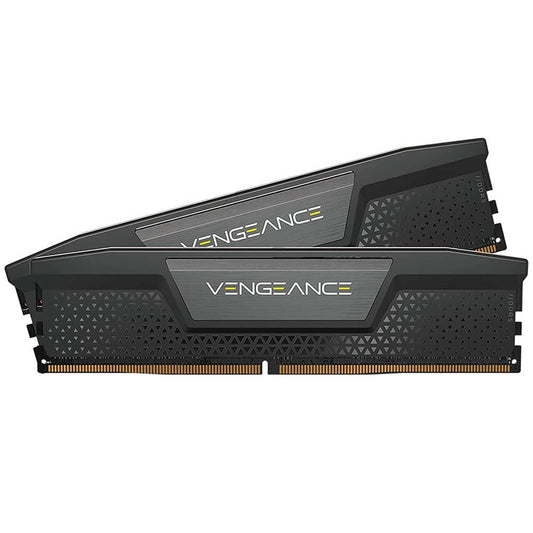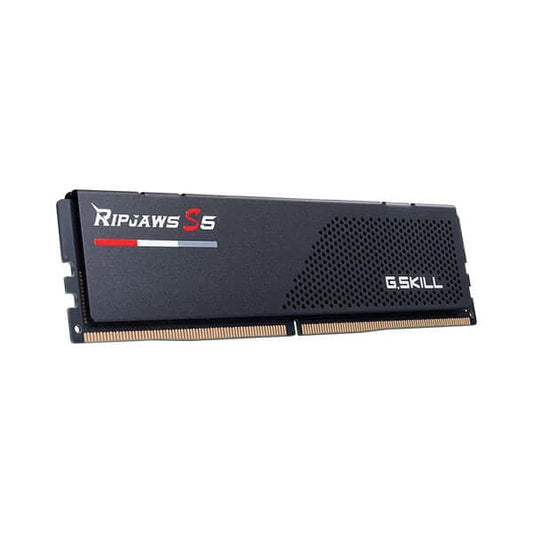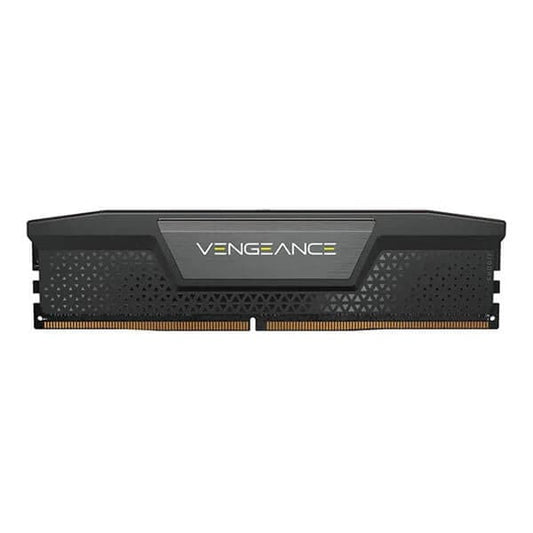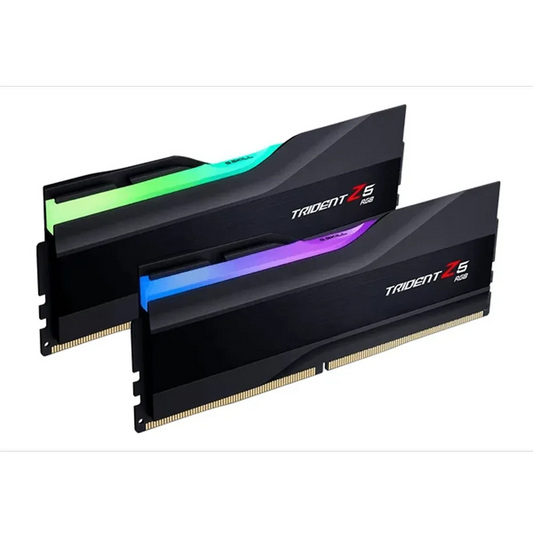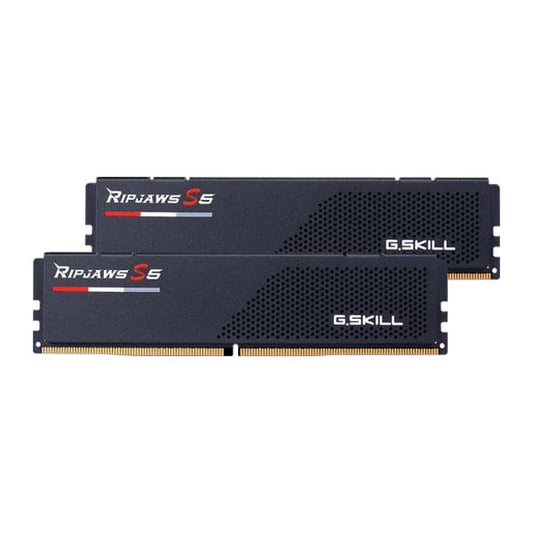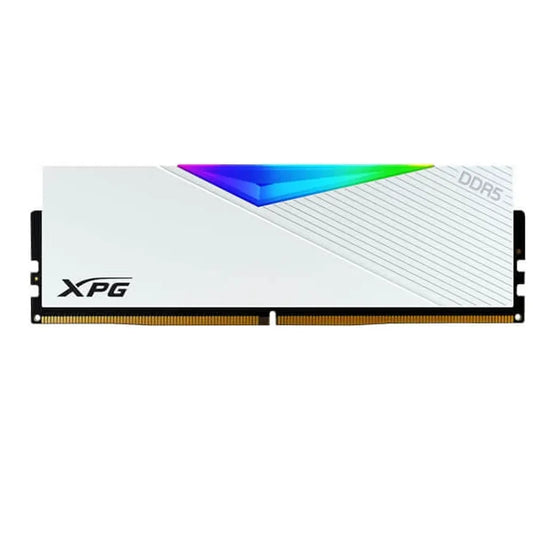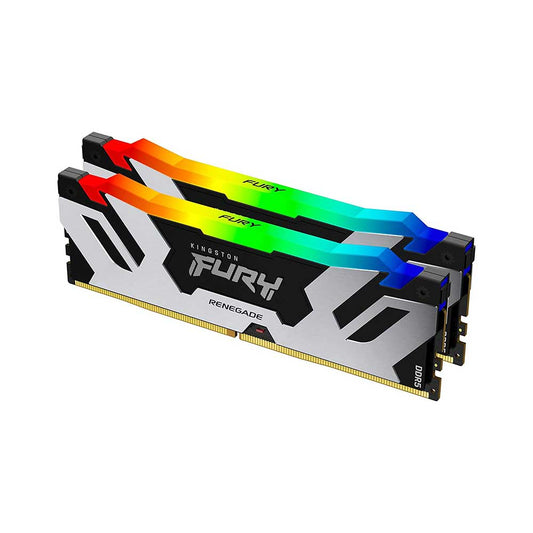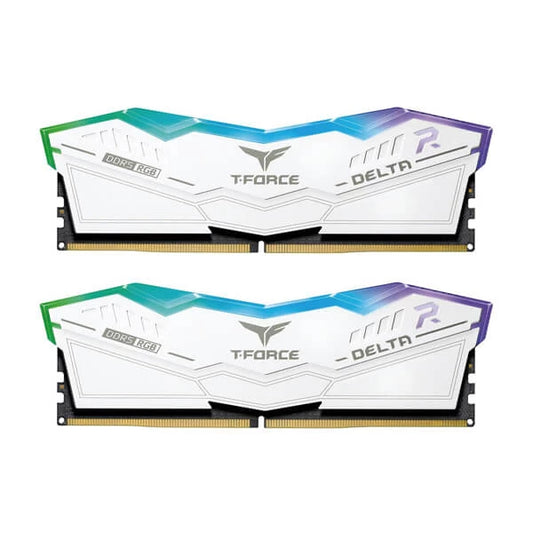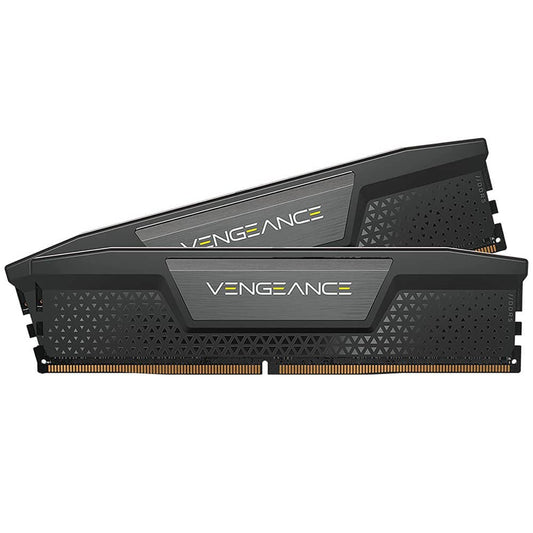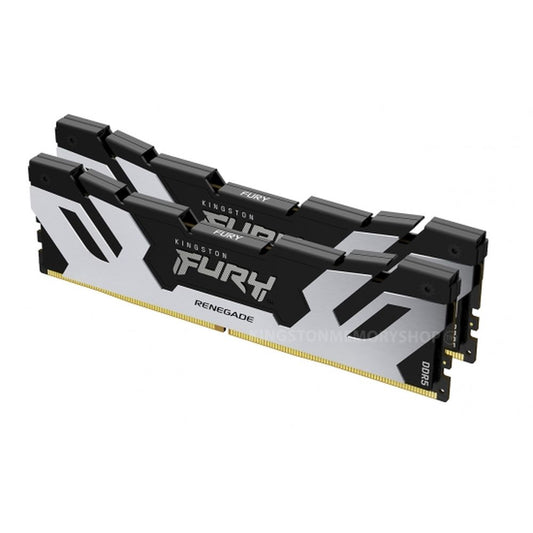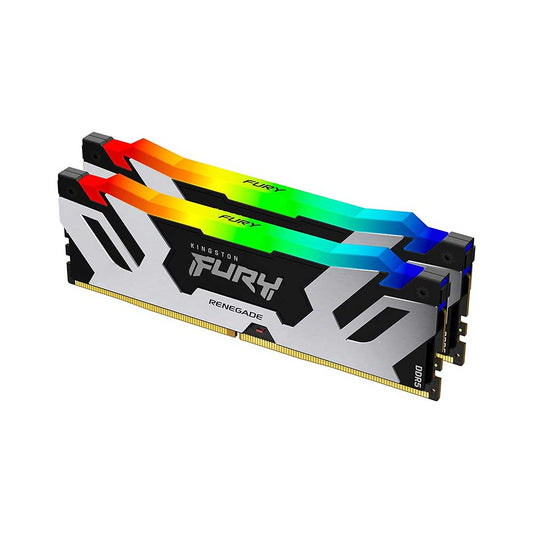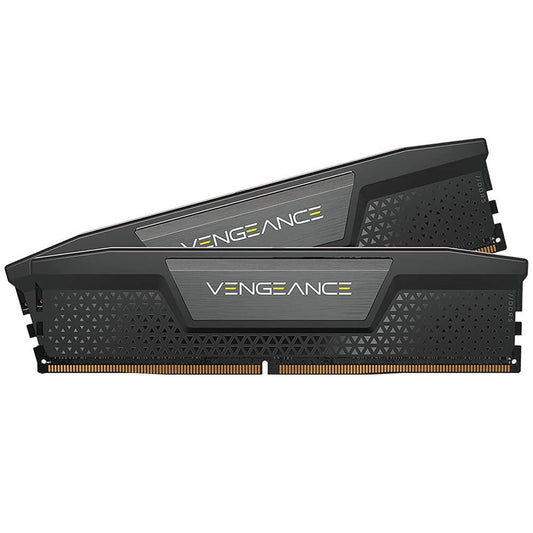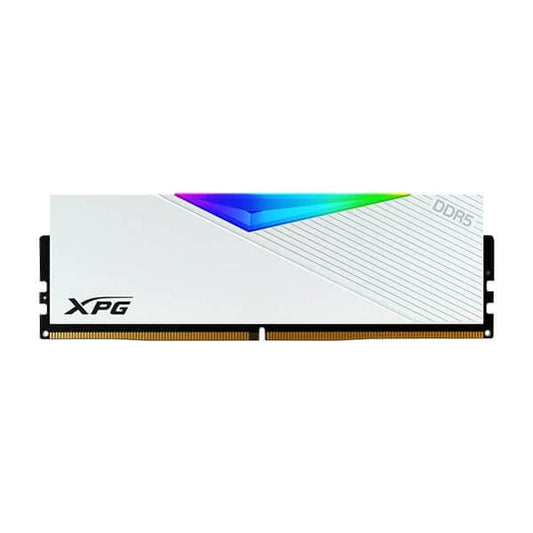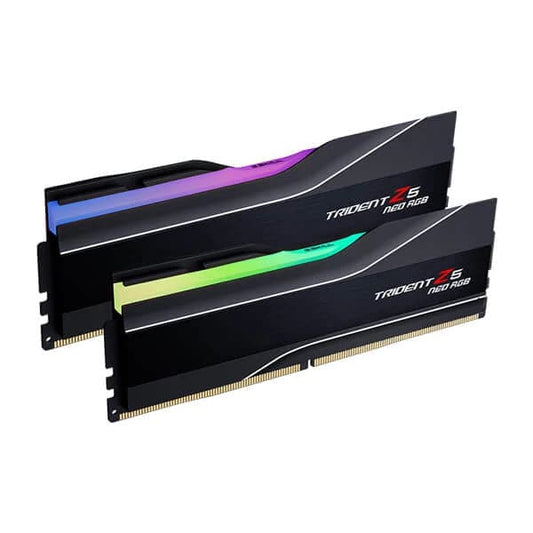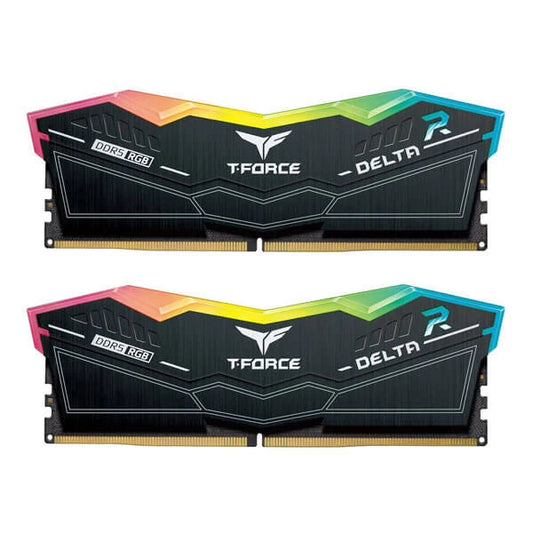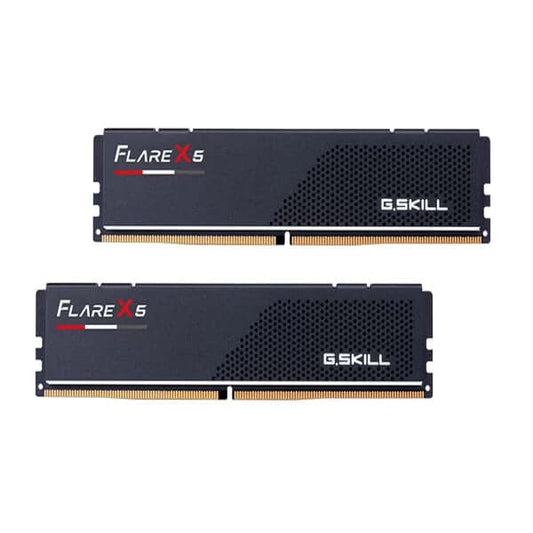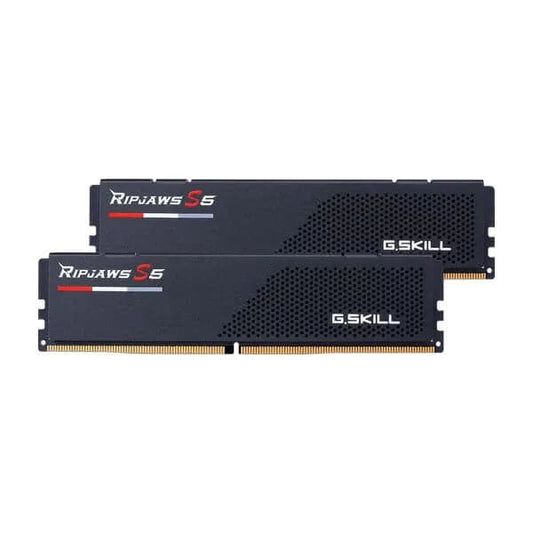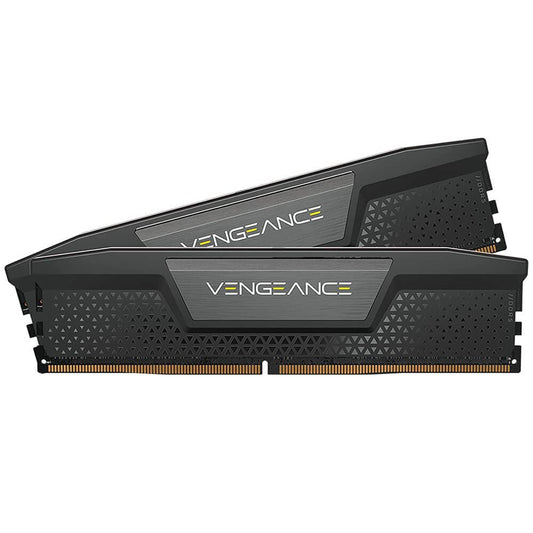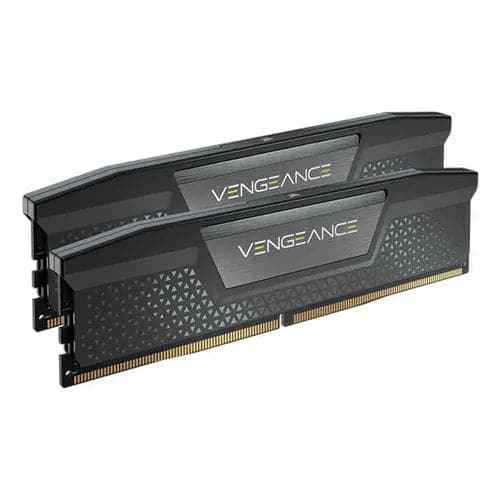Corsair Vengeance 16GB (16GBX1) 5200MHz DDR5 RAM
Rs. 4,725.00
Rs. 7,999.00
Corsair Vengeance 16GB (16GBX1) 5600MHz DDR5 Ram
Rs. 5,140.00
Rs. 7,999.00
G.Skill Ripjaws S5 16GB (16GBx1) 5200MHz CL40 DDR5 RAM
Rs. 4,515.00
Rs. 7,999.00
Corsair Vengeance 64GB (32GBx2) 6000MHz DDR5 Ram
Rs. 19,598.00
Rs. 24,624.00
G.Skill Trident Z5 RGB 64GB (32GBx2) 6000MHz CL36 DDR5 RAM
Rs. 21,198.00
Rs. 26,246.00
G.Skill Trident Z5 RGB 64GB (32GBx2) 6000MHz CL36 DDR5 RAM (Matte White)
Rs. 21,995.00
Rs. 26,246.00
G.Skill Ripjaws S5 32GB (32GBx1) 6000MHz CL36 DDR5 RAM (Matte Black)
Rs. 9,695.00
Rs. 14,624.00
G.Skill Ripjaws S5 16GB (16GBx1) 5600MHz CL36 DDR5 Ram
Rs. 4,790.00
Rs. 6,999.00
Corsair Dominator Platinum RGB 64GB (32GBx2) 5600MHz DDR5 RAM (White)
Rs. 23,995.00
Rs. 33,699.00
Corsair Dominator Platinum RGB 64GB (32GBx2) 5600MHz DDR5 Ram
Rs. 23,995.00
Rs. 33,699.00
Corsair Dominator Platinum RGB 32GB (16GBx2) 7200MHz DDR5 Ram
Rs. 18,348.00
Rs. 23,999.00
Corsair Vengeance RGB 64GB (32GBx2) DDR5 6000MHz RAM
Rs. 22,695.00
Rs. 29,639.00
Adata XPG LANCER RGB Black 32GB (32GBX1) 6000MHz CL36 DDR5 RAM
Rs. 10,450.00
Rs. 16,246.00
Corsair Dominator Platinum RGB 32GB (16GBx2) 6200MHz DDR5 RAM (Black)
Rs. 16,755.00
Rs. 42,990.00
Corsair Vengeance 32GB (32GBx1) 5200MHz DDR5 RAM
Rs. 8,295.00
Rs. 13,300.00
Kingston Fury Beast 16GB (16GB x 1) 5200MHz DDR5 RAM
Rs. 4,845.00
Rs. 19,999.00
Corsair Dominator Platinum RGB 32GB (16GB x 2) 5600MHz DDR5 RAM
Rs. 15,045.00
Rs. 49,999.00
Corsair Dominator Platinum RGB 32GB (16GBx2) 5600MHz DDR5 RAM (White)
Rs. 15,095.00
Rs. 32,999.00
G.Skill Aegis 16GB (16GBX1) 3200Mhz CL16 DDR4 RAM
Rs. 3,045.00
G.Skill Trident Z5 Neo RGB 64GB (32GBx2) 6000MHz DDR5 RAM
Rs. 22,495.00
Rs. 34,999.00
Crucial 8GB (8GBx1) DDR5 4800MHz Desktop RAM
Rs. 2,199.00
Corsair Vengeance RGB 64GB (32GBx2) 5200MHz DDR5 RAM
Rs. 18,948.00
G.Skill Ripjaws S5 32GB (16GBx2) 6000MHz CL36 DDR5 RAM
Rs. 10,245.00
Rs. 15,999.00
CORSAIR Vengeance 96GB (48GB x 2) 5600MHz DDR5 RAM
Rs. 28,499.00
Rs. 49,999.00
G.Skill Ripjaws S5 16GB (16GBx1) 6000MHz CL36 DDR5 RAM (Matte Black)
Rs. 5,055.00
Rs. 6,899.00
Corsair Vengeance 32GB (32GBx1) DDR5 5600MHz RAM
Rs. 9,395.00
Rs. 22,850.00
G.Skill Trident Z5 RGB 64GB (32GBx2) 6000MHz CL30 DDR5 RAM
Rs. 22,845.00
Rs. 34,899.00
G.Skill Ripjaws S5 64GB (32GBx2) 6000MHz CL36 DDR5 RAM
Rs. 19,245.00
Rs. 36,000.00
Adata XPG Lancer RGB 32GB (32GBx1) DDR5 6000MHz Desktop RAM (White)
Rs. 10,455.00
Rs. 16,246.00
Kingston Fury Renegade RGB 32GB (16GBx2) 6400MHz RAM
Rs. 16,799.00
Rs. 24,999.00
TeamGroup T-Force Delta RGB 64GB (32GBx2) DDR5 6000MHz White
Rs. 23,275.00
Rs. 34,800.00
Kingston Fury Renegade RGB 32GB (16GBx2) 6000MHz RAM
Rs. 14,599.00
Rs. 19,999.00
CORSAIR Vengeance 96GB (48GB x 2) 5200MHz DDR5 RAM
Rs. 26,999.00
Rs. 49,999.00
Kingston FURY Renegade 32GB (16GB x2) 6000MHz DDR5 RAM
Rs. 13,899.00
Rs. 16,246.00
Kingston Fury Renegade RGB 32GB (16GBx2) 8000MHz RAM
Rs. 25,899.00
Rs. 29,999.00
Adata XPG Lancer 32GB (32GBx1) 5600MHz DDR5 RAM (Black)
Rs. 9,045.00
Rs. 22,666.00
Corsair Vengeance 64GB (32GB x 2) 5200MHz DDR5 RAM (Black)
Rs. 16,560.00
Rs. 44,265.00
TeamGroup T-Force Delta RGB 32GB (16GB x 2) 6400MHz DDR5 RAM (Black)
Rs. 15,818.00
Rs. 45,859.00
Adata XPG LANCER RGB White 16GB (16GBX1) 6000MHz CL30 DDR5 RAM
Rs. 5,995.00
Rs. 7,999.00
G.Skill Trident Z5 RGB 32GB (16GBx2) 7200MHz CL34 DDR5 RAM (Matte Black)
Rs. 14,955.00
Rs. 24,624.00
G.Skill Ripjaws S5 32GB (16X2) 6000Mhz CL30 DDR5 Ram (Black)
Rs. 13,599.00
Rs. 22,388.00
G.Skill Trident Z5 Neo RGB 32GB (16GBx2) 6000MHz DDR5 RAM
Rs. 12,899.00
Rs. 49,999.00
TeamGroup T-Force Delta RGB 32GB (16GBx2) DDR5 5200MHz Black
Rs. 12,098.00
Rs. 17,500.00
G.Skill Flare X5 32GB (16GBx2) 6000MHz DDR5 RAM
Rs. 9,999.00
Rs. 25,999.00
TeamGroup T-Force Delta RGB 32GB (16GB x 2) 6400MHz DDR5 RAM (White)
Rs. 13,814.00
Rs. 22,400.00
G.Skill Ripjaws S5 32GB (16GBx2) 5200MHz DDR5 RAM
Rs. 9,628.00
Rs. 45,000.00
Corsair Vengeance 32GB (16GB x 2) 5200MHz DDR5 RAM (Black)
Rs. 49,000.00
Rs. 73,500.00
Corsair Vengeance 32GB (16GB x 2) 5600MHz DDR5 RAM (Black)
Rs. 9,749.00
Rs. 49,000.00



